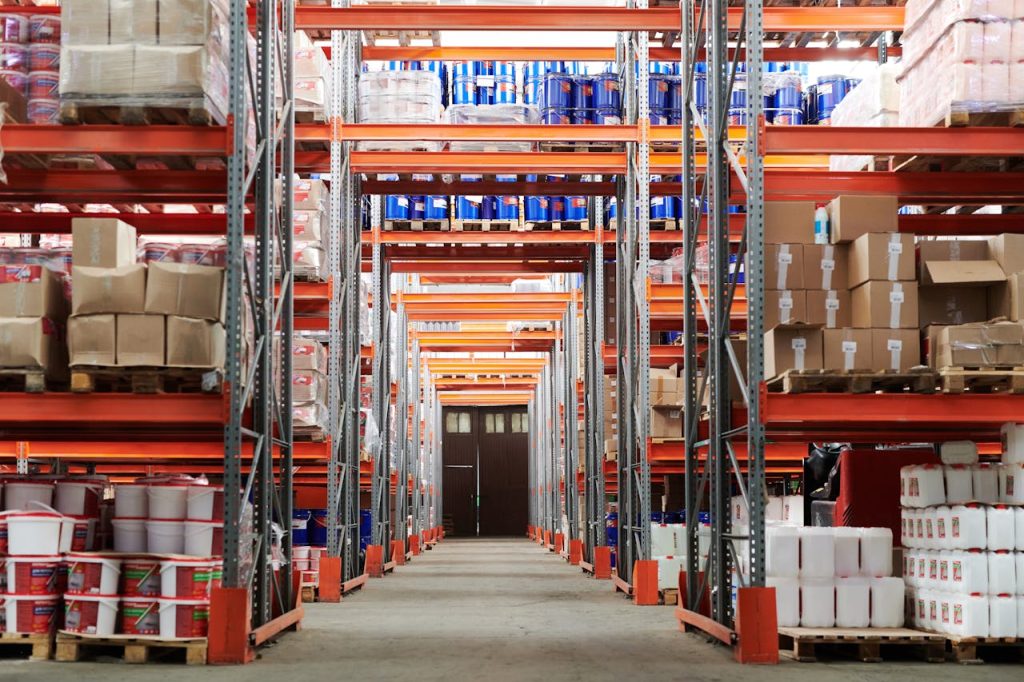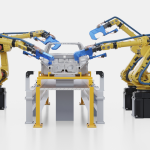Procurement strategies built around stable, low-cost sourcing no longer hold. Persistent tariff changes, unstable trade relationships, and resource bottlenecks have upended the assumptions that shaped global supply chains over the last two decades. Procurement teams that once focused on price and volume now find themselves redesigning systems for responsiveness.
Rather than avoiding volatility, leading organizations are structuring their procurement functions to work with it, absorbing shocks without missing a beat. That shift requires both a strategic and operational rethink.
Functional Redundancy Replaces Traditional Diversification
The default response to geopolitical risk used to be dual sourcing—adding a second supplier to hedge against failure. But this strategy falls short when both suppliers face the same regional risks or upstream constraints. In 2025, the focus has shifted to building functional redundancy: alternative production paths that achieve the same result via different inputs, geographies, or processes.
This might include qualifying similar components from multiple suppliers with varied specs, enabling last-minute substitutions. It could also mean redesigning SKUs to accept more flexible material tolerances. Some firms are establishing modular manufacturing setups across regions, with mirrored tooling and process documentation, ensuring production can move without delay.
The goal is not simply to create backups, but to engineer supply networks that can reroute and reconfigure in response to specific disruptions—without halting output or compromising standards.
Simulation and Strategy Are the New Procurement Infrastructure
Visibility was once the goal of procurement technology. Now it’s just the starting point. Leading teams are adopting tools that simulate not just detect disruption. AI platforms trained on tariff patterns, supplier risk indicators, and transport data can model trade-offs across cost, time, and continuity.
If tariffs shift on Mexican steel, a responsive system can show the downstream impact on five SKUs, suggest a switch to domestic cold-rolled product, and model the margin loss across regions. Teams that can run those scenarios in real time don’t just survive volatility, they leverage it.
This approach also changes how tariffs are viewed. Rather than treating them as passive cost increases, firms are building strategies that use them. Some are shifting assembly to countries with favorable trade agreements. Others are taking advantage of classification nuances—importing semi-finished goods from one region and completing them in another to qualify for lower duties. The strategy is no longer “avoid the tariff.” It’s “design around it.”
Even internal metrics are changing. Instead of simply tracking cost savings, progressive teams are measuring adaptability—how quickly a supply plan can be reconfigured, or how many components have pre-approved alternatives. Procurement, once tactical, is becoming a dynamic function with its own logic and planning horizon.
Tariffs as Design Inputs, Not Externalities
Trade policy is no longer background noise. It’s a live variable in the sourcing calculus. Teams are no longer just tracking tariff changes, they’re building them into scenario models.
In some cases, companies are splitting manufacturing across jurisdictions to qualify for more favorable tariff treatment. For example, semi-finished goods produced in Vietnam may be completed in Mexico to meet USMCA requirements and avoid North American tariffs. Others are reclassifying products or packaging configurations to optimize duty codes.
Procurement is working closely with legal and compliance to operationalize these shifts, making trade dynamics part of strategic planning, not post-hoc mitigation.
Redesign Supply Chains for Functional Redundancy
Forget two suppliers making the same thing. The future is functional redundancy: multiple ways to get the same outcome.
That could mean regional manufacturing nodes with identical tooling, or designing SKUs that can tolerate a broader range of inputs – different polymers, alternate coatings, substitute fasteners. Instead of protecting a linear supply route, you’re creating a matrix of interchangeable paths to the same result.
Designing Procurement Systems That Absorb Change, Not Resist It
The emerging procurement model is less concerned with control than with configurability. As trade dynamics shift and supply conditions evolve, the capacity to rework sourcing strategies without starting from zero has become essential. What’s changing is not simply the tools used, but the mindset: from optimizing for efficiency to designing for resilience at a systemic level.
In practice, that means developing more nuanced supplier relationships, more flexible specifications, and more responsive planning infrastructure. The result isn’t just a more robust procurement function, but a more intelligent one, built to operate amid change, rather than around it.







